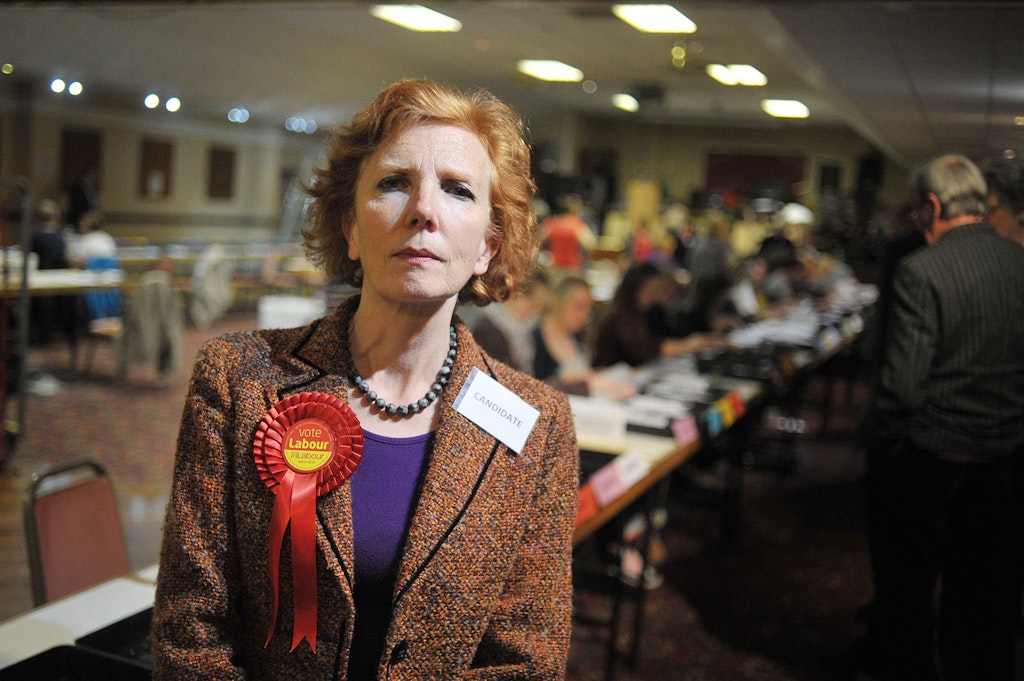Beyond the boundary
Can art reflect a nation’s spirit through its depictions of one of its favourite games?
This article is taken from the June 2024 issue of The Critic. To get the full magazine why not subscribe? Right now we’re offering five issues for just £10.
The phrase “It’s not cricket” encapsulates the notion that something is not fair or is in some way underhand. It reflects, supposedly, a uniquely English sense of fair play, an understanding that life should be conducted according to the gentlemanly conventions of the cricket field. Winning is, of course, important, but not at any cost; it is equally important that the spirit of the game be upheld at all times. “As an expression of noble conduct,” writes Brendan Cooper, “ … cricket is also an expression of England.”
In Echoing Greens, Cooper investigates the extent to which cricket has shaped the English imagination, harvesting his evidence from literary and artistic sources: novels, poems, plays, pictures, films and television. If art holds up a mirror to nature then, surely, it can reflect a nation’s spirit through its depictions of one of its favourite games?
Indeed, no less an authority than the former prime minister Sir John Major endorses this idea. Early in his 2007 book on the history of cricket, More Than a Game, Sir John wrote that “from its earliest days … the game has held up a mirror to the temper of the nation”.
Cricket has spawned a famously large literature and in his quest Cooper throws his net far and wide. He examines the work of poets — Wordsworth, Keats, Bryon (who played in the 1805 Eton vs Harrow match), Newbolt, Housman and others — and novelists ranging from Jane Austen to George MacDonald Fraser via Dickens, H.G. Wells, Woolf, Conan Doyle and P.G. Wodehouse.
He includes playwrights Pinter and Beckett, the only Nobel Laureate to have played first-class cricket, and filmmakers such as Hitchcock. The better-known artists include Francises Hayman and Bacon.
Such a selection is inevitably a matter of personal taste but, to my mind, the omission of A.G. Macdonell’s 1933 satire England, Their England is strange, as it contains a celebrated comic description of a cricket match. Moreover, as the novel’s premise is a young Scottish journalist’s investigation of the English character, it should be grist to Cooper’s mill.

The origins of cricket are mired in obscurity. “The search for the birth of cricket has been as fruitless as the hunt for the Holy Grail: neither can be found” is Major’s verdict. Nonetheless, Cooper ventures into the medieval past in search of references to games that may have resembled cricket. His eye alights on what “just might be the earliest recorded representation of a group of cricketers, in the acts of batting, bowling and fielding” in a 12th-century illuminated manuscript. Likening this figure to David Gower, however, is stretching the fanciful to the point of fantasy. He admits that Shakespeare had “little to say” about cricket, despite the fact that his plays are replete with references to all manner of other games and sports. The author’s attempts to unearth convincing literary or artistic proof of an English cricketing culture in the 16th, 17th and earlier centuries are inconclusive.
Once he reaches the 18th century, Cooper is on a much sounder wicket. 1706 sees the publication of a poem in Latin by William Goldwin, which Cooper describes as “literature’s opening cricketing opus”. 1744 is an important date in cricket’s history both as the year the first ever Laws of Cricket were drafted — lesser games have rules, cricket has laws — and James Love’s epic work Cricket: An Heroic Poem was published: a versified report of a cricket match played on the Artillery ground at Finsbury, it represents “the dawn of cricket literature in English”.
It is the Victorians and the emerging public school system we have to thank for cricket’s lofty moral tone and the idea that something “is not cricket”. “A child,” Cooper writes, “who learned the ways of cricket could, in doing so, become a better citizen — a wiser and more noble human being.” In fact, cricket in the Victorian age became riven by class distinction between Gentleman and Player, amateur and professional.
Nowhere were Victorian cricket’s contradictions more evident than in W.G. Grace, its greatest player. Grace was a supreme batsman and bowler who stood head and shoulders above his contemporaries, but was also a ruthless and sometimes unscrupulous competitor. He was an amateur, yet routinely accepted large sums of money for playing in matches.
Although this entertaining, informative book is a delight for any culturally-minded cricket buff, Cooper, ultimately, doubts whether the game does indeed offer some notion of the “meaning of England”.
Enjoying The Critic online? It's even better in print
Try five issues of Britain’s most civilised magazine for £10
Subscribe














